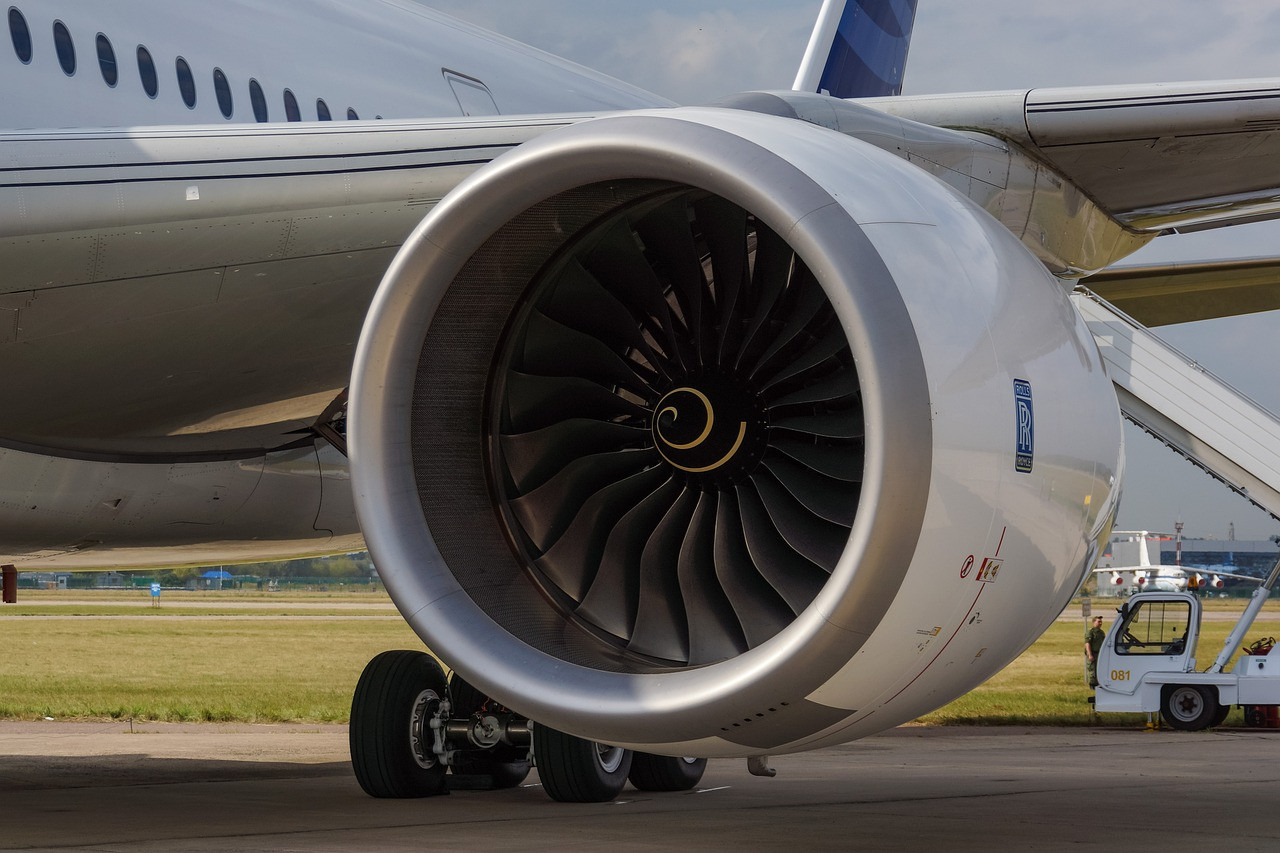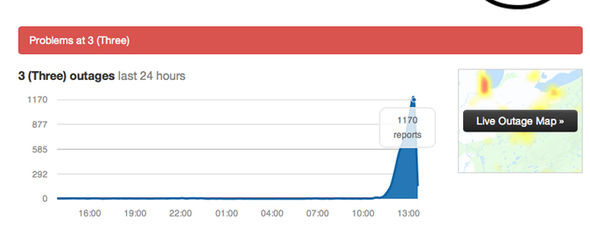A350 Engine Fire Ignites Global Safety Concerns
On September 2nd, a Cathay Pacific Airbus A350-1000 bound for Zurich experienced an engine fire shortly after takeoff from Hong Kong. The incident, which involved a Rolls-Royce Trent XWB97 engine, triggered a wave of inspections and heightened safety concerns across the aviation industry.
The Incident: A Fuel Leak and Engine Fire
The fire, while contained and extinguished quickly, prompted a precautionary landing back in Hong Kong. Subsequent inspections by Cathay Pacific revealed a damaged fuel manifold main fuel hose in the affected engine. This discovery led to the grounding of Cathay's entire fleet of 48 Airbus A350s while further investigations were carried out.
The Root Cause: A Pierced Hose
Initial investigations indicate that a flexible pipe feeding a fuel injection nozzle in the XWB-97 engine was pierced. The cause of the puncture remains under investigation, with authorities looking into whether it was the origin of the fuel leak or a consequence of another problem.
EASA's Response: Inspections and Emergency Directive
The European Union Aviation Safety Agency (EASA) swiftly issued an emergency airworthiness directive, requiring inspections of all Rolls-Royce Trent XWB97 engines. This directive, issued on September 9th, necessitates inspections of the fuel manifold main fuel hose on all engines within 30 days. A more expedited timeframe was established for engines with specific operational hours or prior shop visits.
The Scope of Inspections
EASA's directive applies to the Trent XWB97 engine, which exclusively powers the Airbus A350-1000. The smaller A350-900, powered by the Trent XWB84, is not subject to this directive.
A Precautionary Measure
The EASA's action was characterized as a precautionary measure to prevent similar incidents. While the agency is continuing its investigation into the root cause of the fuel hose damage, the directive highlights the importance of proactive safety measures in the aviation sector.
The Impact on Airlines and Manufacturers
The incident and subsequent inspections have raised concerns among airlines and manufacturers. The grounding of Cathay's A350 fleet resulted in the cancellation of numerous flights, causing disruptions for passengers.
Financial Implications
The inspections have also led to financial implications for airlines. The cost of grounding and inspecting the aircraft, along with potential delays in service, are factors that airlines are navigating.
Public Concerns
The incident has also heightened public concerns about air safety. The widespread media coverage and discussions surrounding the event serve as a reminder of the paramount importance of safety in the aviation industry.
A Learning Opportunity for the Aviation Industry
The A350 engine fire serves as a reminder of the complexities and challenges involved in maintaining air safety. While investigations are ongoing, the incident underscores the need for continued vigilance and collaboration between airlines, manufacturers, and regulatory agencies to prevent future occurrences.
The Future of the A350 and Engine Safety
The outcome of the ongoing investigation will play a significant role in shaping the future of the A350 program and engine safety standards. Manufacturers will undoubtedly incorporate lessons learned from this incident, while regulatory agencies will continue to evolve safety protocols to ensure a high level of safety in aviation.
The A350 engine fire serves as a stark reminder of the importance of prioritizing air safety and the ongoing need for vigilance and collaborative efforts to mitigate risks and ensure a secure environment for passengers and crew.
A Call for Collaboration and Transparency
Moving forward, the aviation industry must emphasize collaboration and transparency to address safety concerns. Open communication between airlines, manufacturers, and regulators is vital for prompt and effective responses to safety issues.
The A350 engine fire incident presents a learning opportunity to strengthen safety measures and build a more resilient aviation industry. By leveraging data, sharing information, and fostering a culture of continuous improvement, the industry can strive to maintain the highest standards of air safety.
A New Chapter for Aviation Safety
This incident serves as a catalyst for a new chapter in aviation safety. By learning from past incidents and embracing innovation, the industry can pave the way for a future where safety is paramount, and passengers can continue to rely on air travel as a safe and reliable mode of transportation.

















